a Fake ID

The Ultimate Guide to Fake IDs: Everything You Need to Know
What is a Fake ID?
A Fake ID is a falsified identification card that is often used to deceive authorities or gain access to age-restricted areas, such as clubs, bars, or buying alcohol. Fake IDs have been around for decades and are becoming increasingly sophisticated with modern technology.
Types of Fake IDs
There are various types of fake IDs depending on how they are made. Some are simply altered or forged versions of a real ID, while others are created from scratch to look like official government-issued documents. Whether it's a fake driver's license, fake state ID, or even a fake passport, there are countless types designed to serve different purposes.
How to Spot a Fake ID
It is crucial to know how to identify a fake ID. Often, fake identification cards can be spotted through irregularities such as inconsistent fonts, mismatched colors, or non-standard holograms. Security features like watermarks, microprinting, and UV elements can also reveal whether an ID is genuine or fake.
Some advanced fake IDs might even pass visual inspection but will fail when scanned through a barcode reader or database. Understanding these differences can help both businesses and individuals detect fake identification.
Legal Implications of Using a Fake ID
Using a fake ID comes with serious consequences. In most countries, it is illegal to use, buy, or sell fake identification. Penalties can include fines, community service, and even jail time. For minors, getting caught with a fake ID can lead to a permanent criminal record, impacting future job opportunities or educational prospects.
Where Do People Get Fake IDs?
Many people search online for fake ID websites offering high-quality cards that claim to be undetectable. However, it's important to understand the risks involved when buying a fake ID online. Many of these sites are scams, taking your money without delivering a legitimate product. Even if you do receive a fake ID, using it puts you at serious legal risk.
Fake ID vs. Real ID
Comparing a fake ID to a real ID reveals noticeable differences. A real driver's license or state ID has embedded security features that are very difficult to duplicate. Additionally, real IDs are scanned into national or state databases, making it impossible for a fake driver's license to pass verification.
In contrast, fake state IDs may look convincing but lack these verification mechanisms. Businesses and authorities often use sophisticated scanners to detect fake IDs, so even a high-quality fake ID may not hold up to scrutiny.
How Fake IDs Are Made
The process of creating a fake ID can vary depending on the method. Some people use simple fake ID templates found online, while others invest in sophisticated equipment, such as printers designed for making fake identification cards.
There are two primary methods: forging a real ID or creating a completely new fake ID. Forging a real ID involves altering existing information on a legitimate card, whereas creating a new ID involves designing and printing a card from scratch. Regardless of the method, the risks remain high.
Are Fake IDs Worth the Risk?
Many individuals ask if getting a fake ID is worth it. The truth is, the risks far outweigh the benefits. Using a fake ID can lead to legal troubles that stay with you for life. Moreover, many people who attempt to buy a fake ID online are often scammed, losing both their money and personal information.
Alternatives to Using a Fake ID
If you're underage and looking for a way to access age-restricted venues, consider alternatives to using a fake ID. Some venues offer events for underage individuals, or you can wait until you are of legal age. The risks associated with fake IDs simply aren't worth it, especially when there are safer ways to have fun.
Conclusion
In conclusion, while the temptation to use a fake ID may be strong, especially for younger individuals seeking access to clubs or bars, the legal and personal risks far outweigh the benefits. If you are thinking about buying a fake ID online, remember that the chances of getting caught or scammed are extremely high. Stick to legal methods of identification, and you'll avoid the pitfalls that come with using fake identification.
 Utah driver's license
Utah driver's license
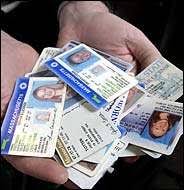 customized fake IDs
customized fake IDs
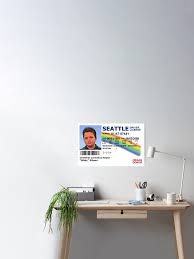 target audience for fake IDs
target audience for fake IDs
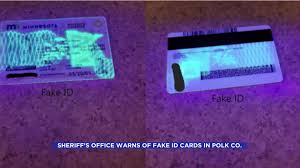 counterfeit identification
counterfeit identification
 fake ID laws
fake ID laws
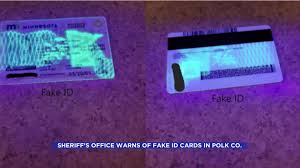 Fake University Cards
Fake University Cards
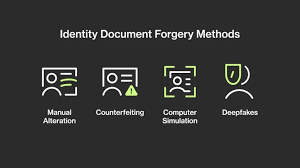 ISS number on a fake ID
ISS number on a fake ID
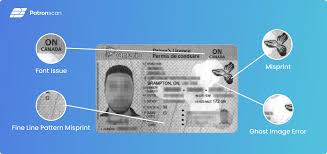 Fake ID market analysis
Fake ID market analysis
